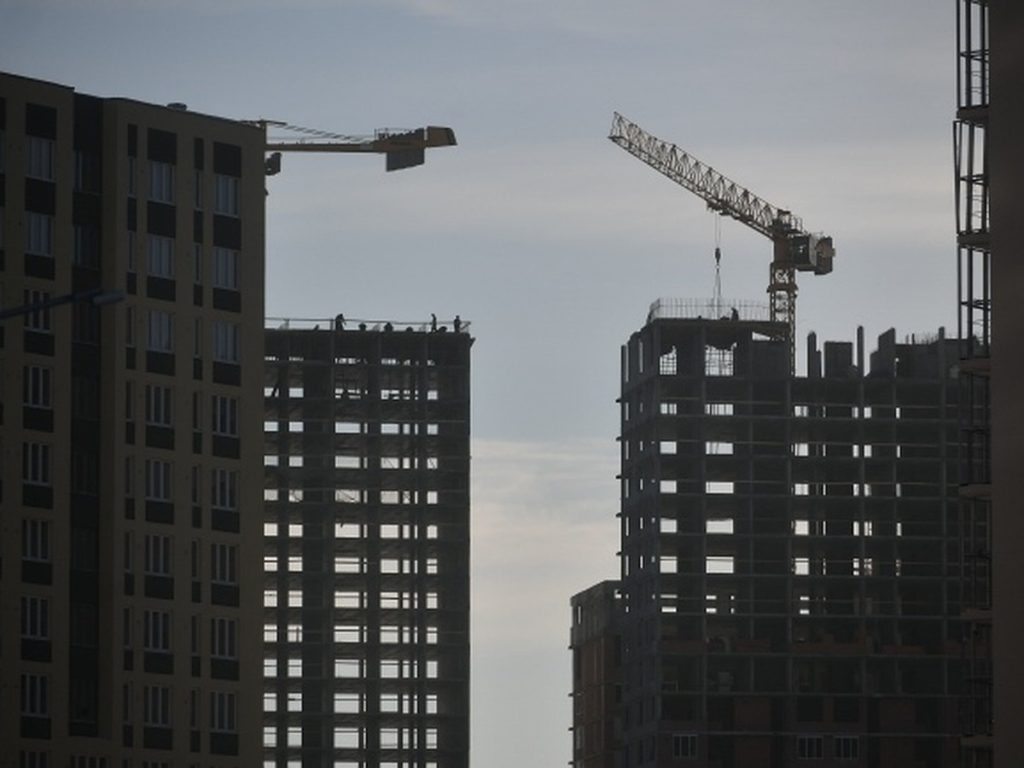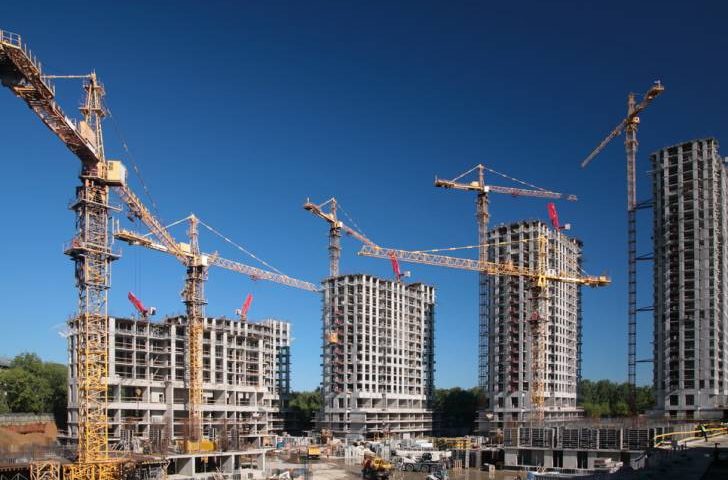Building a city is a monumental task that requires careful planning, innovation, and collaboration. It involves creating a space that is not only functional but also sustainable, comfortable, and conducive to growth. A successful city must meet the needs of its inhabitants, offer a range of services, and maintain a balance between urbanization and environmental preservation. From designing infrastructure to considering the well-being of its citizens, constructing a city is an endeavor that demands foresight and dedication.
The first step in building a city is selecting the ideal location. This decision takes into account factors such as geography, climate, access to resources, and proximity to other urban areas. A city’s location can influence its economic potential, transportation networks, and overall livability. Once a location is chosen, urban planners must consider the layout of the city, ensuring that it will accommodate residential, commercial, and industrial zones in a way that promotes efficiency and harmony.
Infrastructure is the backbone of any city. It includes the construction of roads, bridges, public transport systems, utilities, and communication networks. Effective infrastructure planning helps prevent traffic congestion, ensures access to clean water, and facilitates trade and communication. As technology advances, cities can integrate smart infrastructure, such as automated traffic systems and energy-efficient buildings, which enhance the quality of life and minimize environmental impact.

Sustainability is one of the most critical factors in modern city planning. A city must incorporate green spaces, renewable energy sources, waste management systems, and eco-friendly building practices to ensure that it can support future generations. Urban farming, energy-efficient public transport, and recycling programs are examples of initiatives that can help cities reduce their carbon footprint. Moreover, maintaining biodiversity through parks and green corridors contributes to the health and well-being of residents.
The social aspect of city building is equally important. A successful city must cater to the diverse needs of its population, offering affordable housing, healthcare, education, and recreational opportunities. Inclusivity and accessibility should be priorities in urban design to ensure that all citizens, regardless of background or ability, have equal access to resources and services. Public spaces like libraries, museums, and sports facilities can foster a sense of community and encourage social interaction.
Finally, a city is never truly finished. As populations grow and technology evolves, cities must adapt and innovate. Continuous investment in infrastructure, technology, and social programs is necessary to keep up with changing demands. A well-built city can serve as a model for future urban development, inspiring other cities to follow suit and creating a more sustainable and harmonious world.

